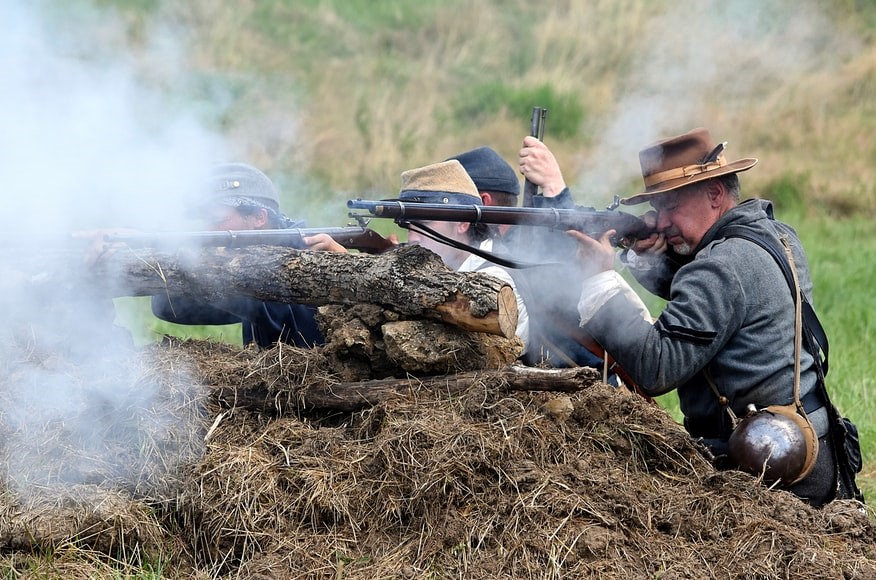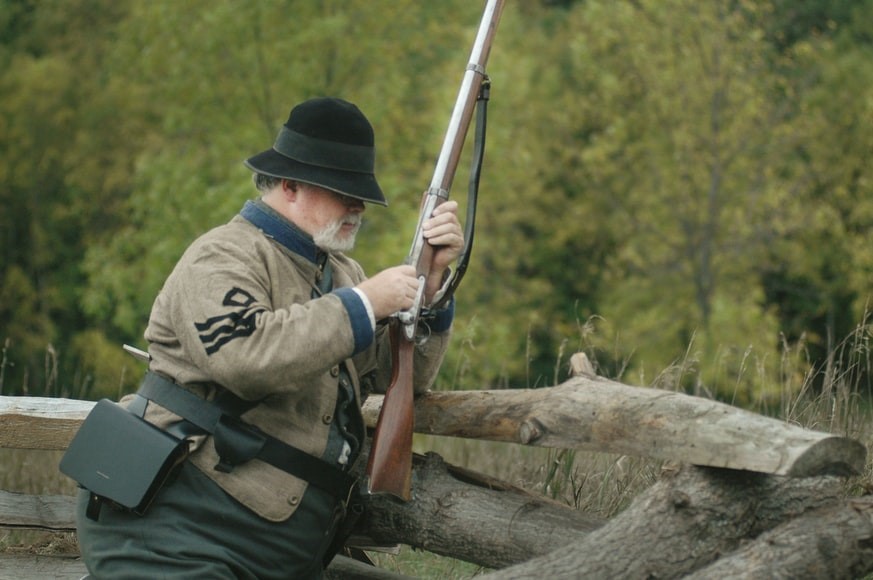The whole saga behind the conflict and tension between the Northern and Southern states finally coming to head is what is popularly known in history as the Civil War. Also known today is that slave labor was what led to the Civil War and the fact that no compromise was ever reached.
The tapestry of events that eventually led to the battlefield is the focus of this sample essay. The author revisits the timeline of the American Civil War, beginning with the introduction of slavery in America.
Interested in getting some assistance for your essay requirement on American history? Get in touch with Essay Zoo to find out more about our essay writing services and how our expert writers can be of great help to you.
American Civil War: Exploring Decades of Conflict Between the Northern and Southern States
Known as the war that caused the most bloodshed among all other wars in the history of the United States, the Civil War is a long and drawn-out story of the battle between the North and South states, their inability to compromise in terms of their convictions and long-held beliefs, and failed attempts to find a solution that would work for everyone.
Just what were the key events in the timeline that played a major role in creating the pathway to the battlefield?

At the very beginning was the actual introduction of slave labor. This can be attributed to the European settlers who came to America and practiced their own system of slavery in the 1500s. Seeing how the system worked became a point of attraction to Southern states, as they were primarily agricultural and were on the lookout for creative ways to cheapen labor, thus creating a larger room for profit. Slavery then began to make its way into Southern plantations, employing African slaves to aid in production.
A couple of centuries later, slavery became a common practice in America and African slaves were the most affordable kind of laborers. The South, in particular, greatly benefited from the slave trade, especially in their efforts to produce cash crops such as indigo and rice. One could even say that they owe it to African slaves that they were seeing an increase in profit.
However, upon the establishment of the United States Constitution in 1787, the first stirrings of opposition emerged when several people saw the disparity between the clear message of human rights in the Constitution and the continued existence of slave states and the system in general. With a clear demand for accountability raised, the North made the decision to end slavery in their states following the American Revolution. This marked the beginning of a rapidly-intensifying conflict between the North and South.
Opposition to slavery was furthermore established as more fiery discussions came about and debates highlighted the clear polarization of the Northern states and Southern states. Abolitionists insisted that slavery was an affront to human rights, while slave owners maintained their stand that slavery served the common American good in terms of contributing to national wealth.
At this point, the first attempt at identifying a middle ground was made through the 3/5ths Compromise, which sought to maintain a balance between the North and the South by adjusting the population count so that every five slaves were counted as three free people. Given the relatively smaller population of the South, this ensured that they had equal representation in Congress. The fugitive slave act was also established during this time, which stated that slavery could be abolished by 1807 at the earliest.
However peaceable these compromises seemed to be at the time, they were eventually deemed insufficient as more issues regarding the status of slaves in new territories cropped up and became hot topics of debate.
While all this was happening, the United States saw the domination of the cotton industry, where the South profited from the most. Utilizing slaves for mass production, they came out with the most profit even with income from all other types of exports combined.
The next attempt at finding resolution was the Missouri compromise, which was enacted when the entire nation reacted to the proposal to turn Missouri into a slave state, causing heated discussions across the country. The compromise resolved that balance would once again be struck as Maine would then be admitted as a free state at the same time.
Again, this attempt proved futile at preventing full-scale war as the opposition continued to rally against the fact that slavery continued to exist. They were very clear about their position: there should be no place for slave labor in America. Adding fuel to the fire was the American victory in the Mexican war, which prompted even more speculations and calls for discussion regarding what the future held for slaves working in the nation, particularly in newly-acquired territories. This led to the repeal of the Missouri compromise, which was then replaced by the Kansas-Nebraska Act, a controversial policy that polarized slave advocates and slave abolitionists even more.

Key events following the Kansas-Nebraska Act began with the formation of the Republican party, which aimed to end slavery in all states. This led to further polarization, causing deep dissent in the South. The Republicans continued this pursuit by fielding Abraham Lincoln to represent their party in the national elections. Needless to say, Lincoln won, even without gaining a single electoral vote in any of the Southern states.
Determined to make his cause known to America, Lincoln made a public announcement of one of his key agendas as President: to abolish slavery for good in all of America. This proclamation triggered the secession of 11 states from the Union. In an attempt to retain the Union without provoking war, Lincoln called for the replenishing of supplies for the United States Army at Fort Sumter. The South, represented by the Confederate Army, then opened fire at Fort Sumter. Lincoln tried to keep rebellion at bay by deploying 75,000 volunteers, which backfired against him and instead brought on the start of the Civil War.
FAQs
What three major events led to the Civil War?
Three key moments in the timeline of American history that led to the civil war are the introduction of slavery to America (for without this there would be no point of contention to begin with), the public proclamation of Abraham Lincoln to destroy slavery for good, and the secession of the 11 states from the Union.
What are the top 5 causes of the Civil War?
First, the emergence of slavery in America caused bloodshed, as it was the root cause of the conflict. Second, the clear differences between the message of human rights in the U.S. Constitution and the continued use of slaves created a polarizing tension between the North and the South. Third, the American victory in the Mexican war opened Pandora’s Box and released many other unresolved issues about the status of slaves. Fourth, the Kansas-Nebraska act added further conflict because of its controversial stand. Finally, the secession of the 11 states became the breaking point where war inevitably started.